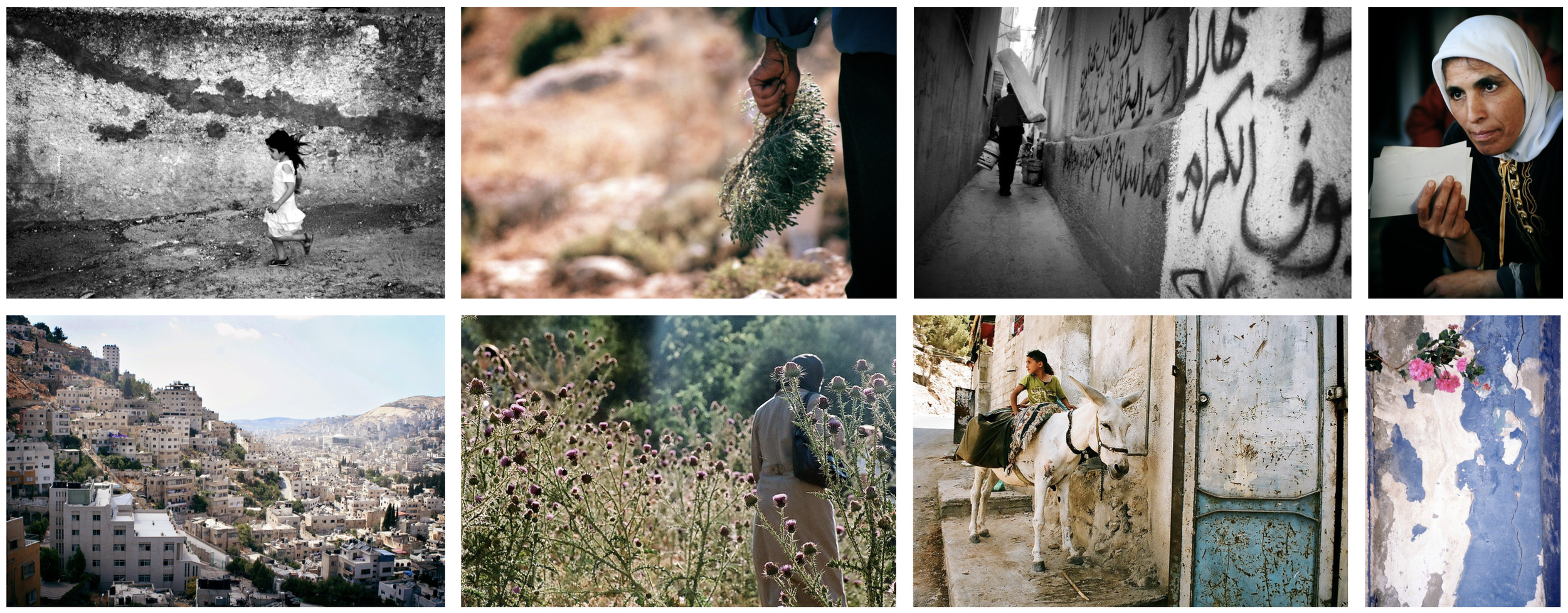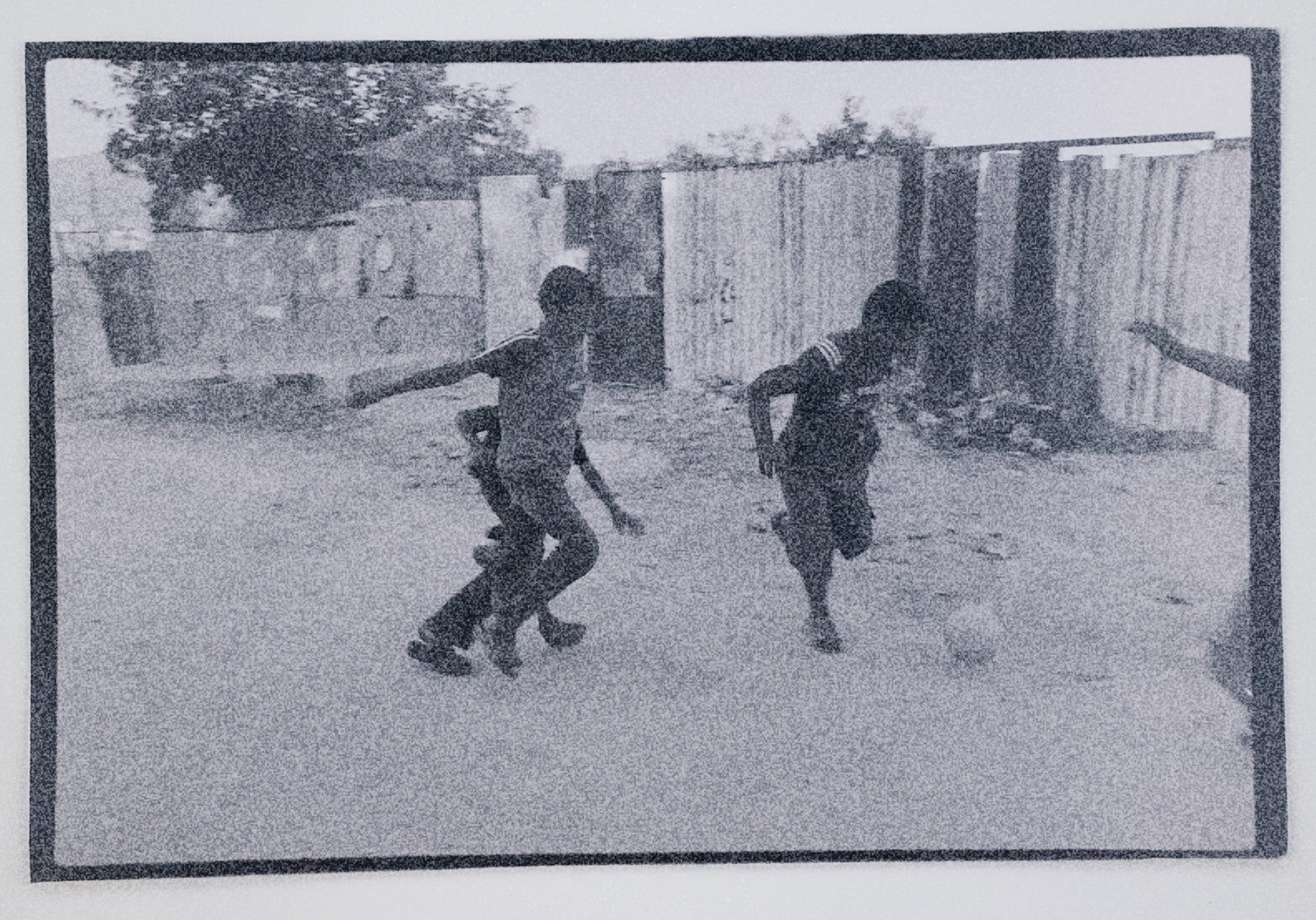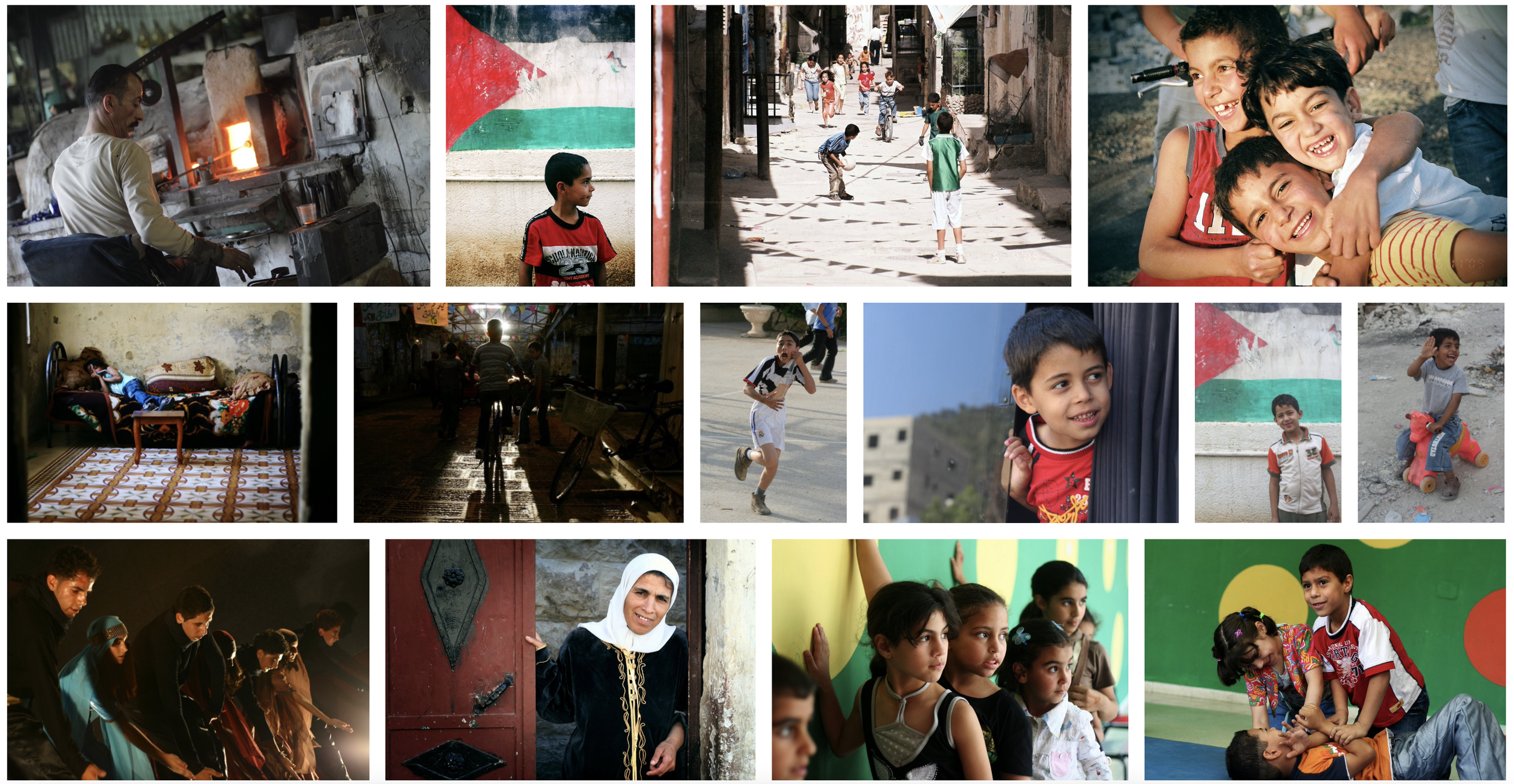Echoes of Moments Past
I remember when I came home from Palestine the first time. It was 2009. I went to Palestine the summer after my sophomore year of college with a group called Students of the World. They were an initiative that coordinated exchanges where college students would spend a month documenting the work of a non-profit somewhere in the world through photography, writing, and video production. I went with three other people to the West Bank to document the work of Tomorrow’s Youth Organization - my role was photographing.
My month in the West Bank changed the course of my life forever. The chasm between the murky stories about the “Israeli-Palestinian Conflict” that had made their way to me in my upbringing in American media - and the harsh, brutal, undeniable reality of oppression and occupation that Palestinians experience at the hand of so-called Israel was stark. It was clear that this was not a conflict, not an ‘ages-old religious battle’ - but a system of apartheid established through genocide and settler colonialism maintained through unrelenting propaganda. It was clear that the power difference between Palestinians and the occupation forces they are up against had no equivalence. Palestinians live their lives without fundamental rights.
In the West Bank, their lives are controlled by checkpoints, walls, soldiers, watchtowers, separate roads, prisons, constant threats of violence (by settlers and soldiers), and endless red tape (as they have to ask Israel permission to travel, build, and work).
In Gaza, which is an open-air prison, Palestinians have been living under siege since 2005.
Within 1948 (so-called Israel), Palestinians are classified as second-class residents and denied equitable access to land, education, and more.
Palestinians living in the diaspora have access to their ancestral homeland controlled and denied by Israel.
How could I help people back home understand that we’ve been brainwashed into justifying horrific oppression?
“Our report reveals the true extent of Israel’s apartheid regime. Whether they live in Gaza, East Jerusalem and the rest of the West Bank, or Israel itself, Palestinians are treated as an inferior racial group and systematically deprived of their rights. We found that Israel’s cruel policies of segregation, dispossession and exclusion across all territories under its control clearly amount to apartheid. The international community has an obligation to act.”
An image of the apartheid wall that separates so-called Israel from the West Bank. On the wall are the words, “Nothing to See Here!”
When I returned to NYC and began my next semester of college, the dissonance between what I had experienced - witnessing apartheid and occupation in Palestine - and my college life - burned. Everywhere I went, I was reminded of my time in Palestine.
That fall semester, I took my second photography class. In it, I photographed moments in New York that reminded me of moments I had experienced/photographed in Palestine. I juxtaposed these moments. Holding these images side by side helped me to hold the tension of continuing to live my everyday life while integrating the depth of what I had experienced the summer before. I photographed people playing soccer at Christie St. and Delancey and juxtaposed it with a photograph of children playing soccer in Belata refugee camp. Children on a donkey in Nablus, next to a child on an electric horse on Eldridge st. in New York. I photographed a woman holding a shopping bag and juxtaposed it with a man in Palestine holding a plant. I photographed fences/grates and juxtaposed them with people traveling through checkpoints.
Today, I was adding some photos to my photography archive, and I came across two of the images from this photo series. They stopped me in my tracks. I felt grateful for what they held and compelled to look for more.
I took grainy cell phone photos of the 35mm prints I found.
Over the last 16 years, and especially the past year witnessing the genocide in Gaza, I still feel that I’m holding simultaneous images side by side. I’m still navigating the tension between my everyday routines here - and the truth of catastrophic suffering there. I’m still wondering how I can break through the propaganda that distorts the truth of the unbearable oppression perpetuated with my tax dollars. I’m still trying to help people see what systems of domination don’t want them to. I’m still heavy with how to live while knowing what I know and seeing what I have seen.
But what these images I photographed in both Palestine and the so-called U.S. hold for me is the knowing that it’s all connected - we’re all connected. I can keep living, but I can never forget. The landscapes I walk in are haunted, sometimes lovingly, by the places I’ve been. I can see new things and wander new streets, but all the people and moments I’ve witnessed still live inside me and echo in the world around me. The stories that have been shared with me continue to shape my life. They remind me of what’s sacred. They remind me of our interconnectedness - that even when we seem a world away from each other, the threads of our lives intersect. They remind me to keep showing up for a Free Palestine.
See more photos from my time in Palestine here.














